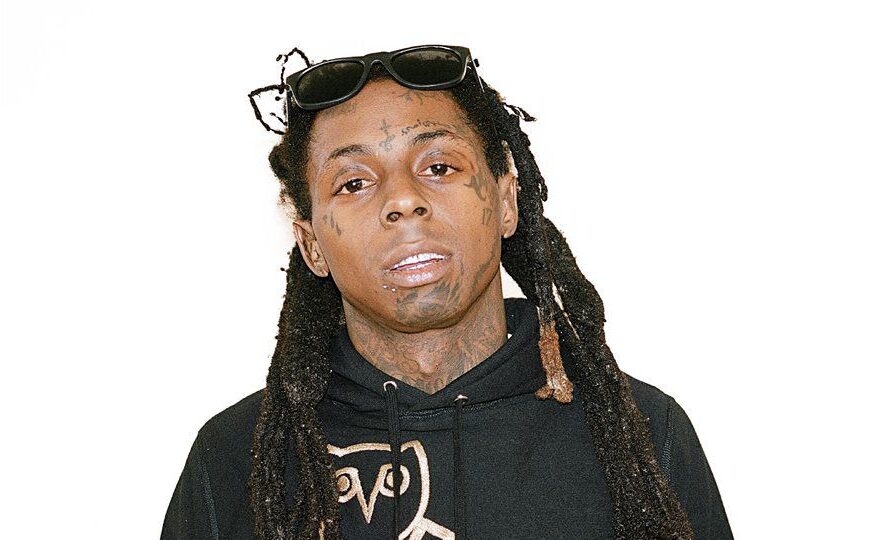As Sean “Diddy” Combs sits in jail at Brooklyn’s Metropolitan Detention Center while he awaits trial, a new controversy has arisen over a significant piece of evidence that is likely to dominate when the case goes to court as the 2016 surveillance video of the music mogul supposedly attacking the singer Cassie Ventura. A forensic video technician working with Diddy’s defense team claims that the footage circulated, including the version released by CNN last May, contains what he characterizes as “significant distortion.”
The footage in question shows a disturbing chain of events inside a hotel hallway in which Cassie is walking alone when suddenly Diddy rushes up behind her, forcibly yanks her to the ground, kicks her, and attempts to drag her back to his room. That startling video, released last week and watched widely, will likely be critical evidence in the coming trial. However, according to a sworn deposition by a forensic video expert named Conor McCourt, the visual evidence may not be quite what it appears to be. McCourt, who was retained to analyze the recordings, states that both versions of the video that he reviewed raised serious questions of accuracy and manipulation.
According to McCourt, the first version of the widely circulated footage broadcast by CNN is texturally compromised because it feeds the original through a process known as transcoding. This process of transcoding or converting the video from one file format to another creates what McCourt calls “added, subtracted, or duplicated frames,” distorting the motion and pace of what happened in real time. He says the public-facing version looks accelerated and exaggerates the incident’s aggression and intensity.
Check this out this article: NFL Apologizes To Lil Wayne For Super Bowl Halftime Show Snub
The second version McCourt reviewed is said to be raw surveillance footage shot on an iPhone 6. In this version, the technician claims another type of distortion affects scale and appearance. He says Diddy looks bigger than he is in real life, making the video feel more threatening or intimidating to those viewing it, including possible jurors. The allegation raises a complicated legal question. Suppose the video is found to have been visually manipulated in any way, even by accident, which could impact its admissibility or how the court weighs it. Faced with video evidence sometimes his only crime seen as an absolute, the suggestion that frame rates and scaling can affect judgment could lay the groundwork for the defense to claim bias or manipulation of the footage, deliberate or not.
This revelation also adds even more scrutiny to how digital evidence is handled in high-profile cases. In a world where video can go viral in moments, and public sentiment can be forged instantly, the details of file conversion, frame timing, and camera distortion become much more than technical nuances, they are the stuff of legal warfare. As Diddy’s trial date looms, the ruling reflects how much the interpretation of evidence can be fought over. Given that his legal team is prepared to question the prosecution’s version of events from every angle, how much faith the jury places in the integrity of the footage could prove a key tipping point in the courtroom drama. It is unclear whether the judge will permit these claims to call into question the validity of the assault video. The case of Diddy and Cassie is no longer just about what transpired in that hotel hallway but also about how one comes to perceive it.














